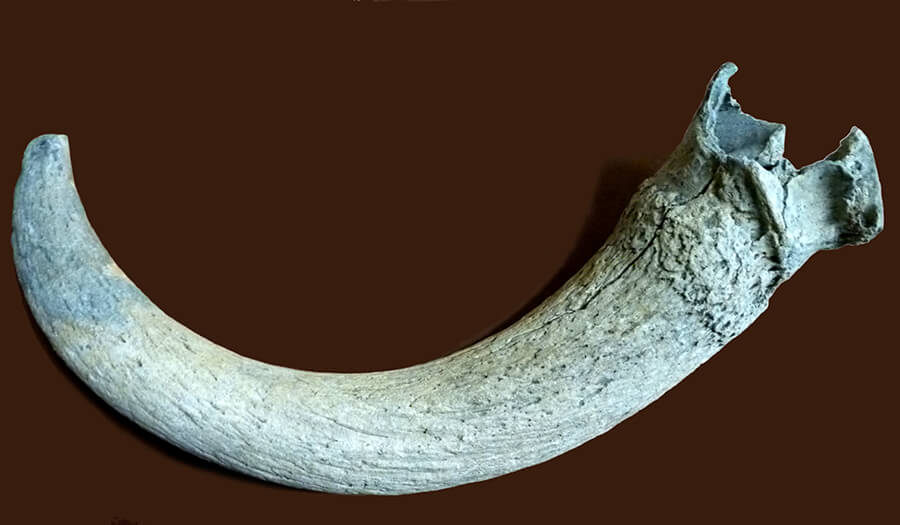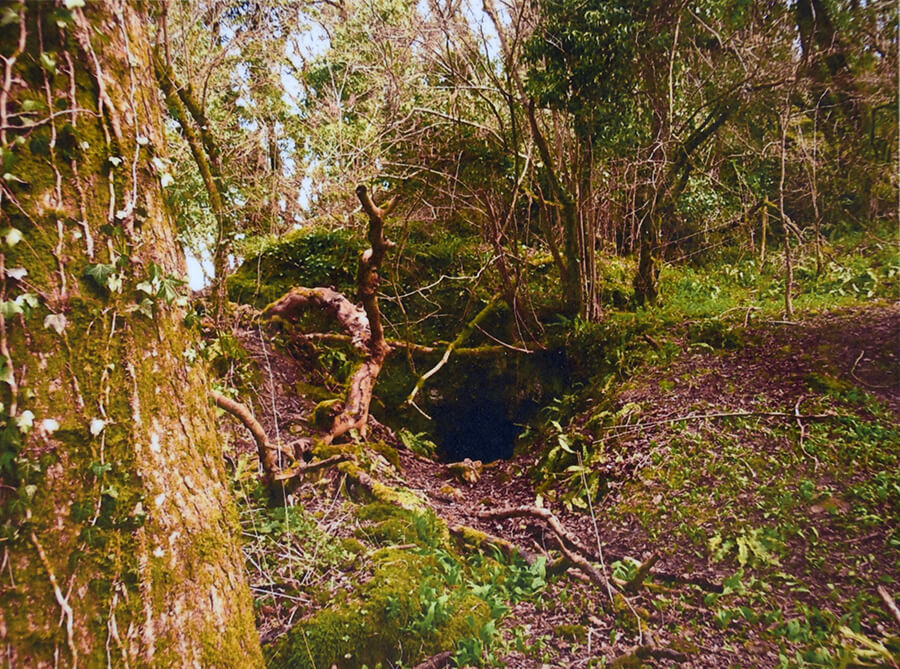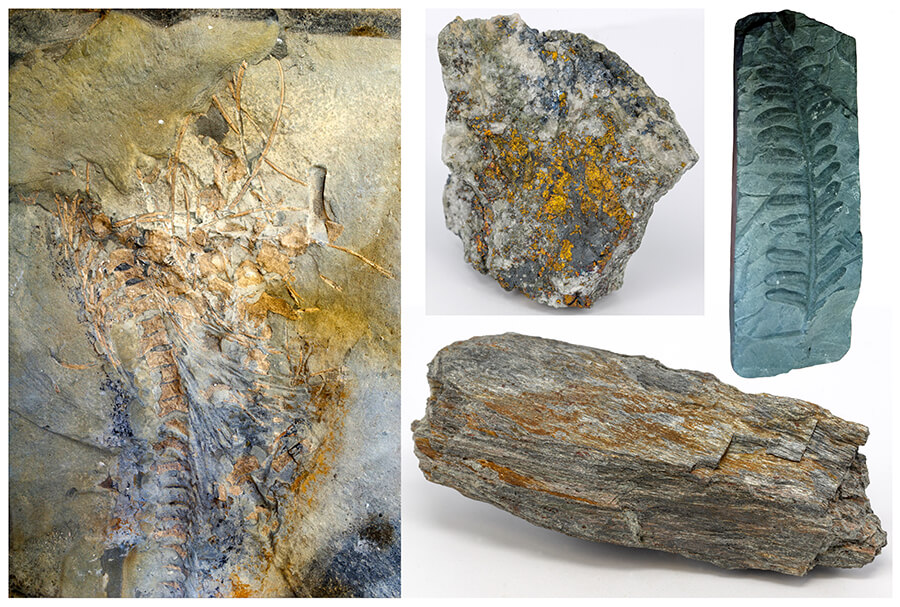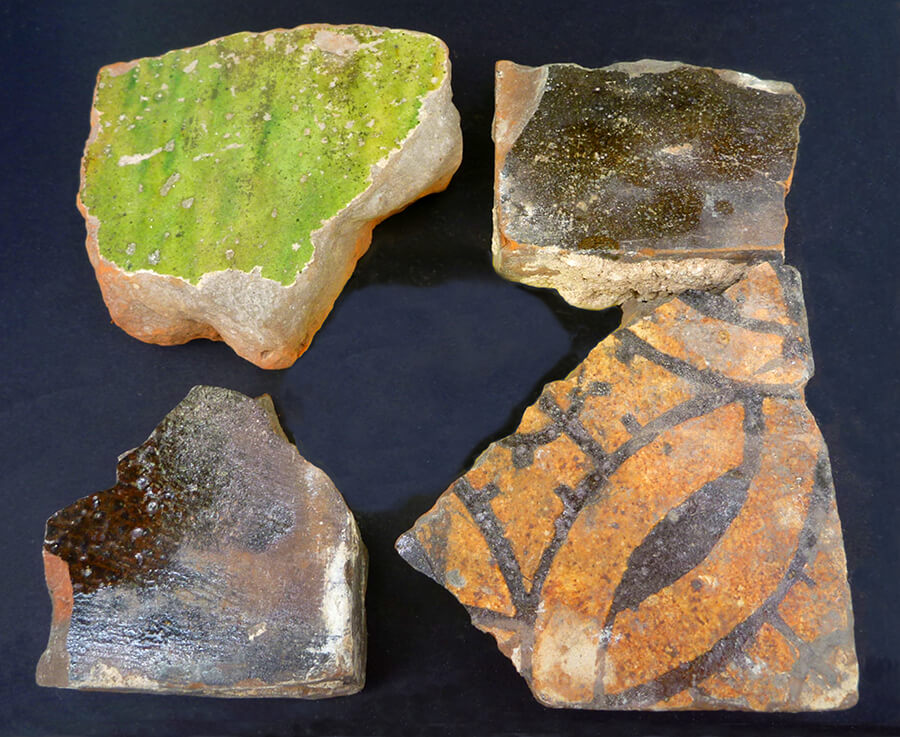We have a small collection of geological items.
Fossils
We have about 140 samples covering the following topics:
- Vegetation including plants, ferns and trees
- Marine animals including reptiles, bivalves and ammonites
- Marine creatures including sea urchins, coral and sponges.
Minerals
We have about 120 samples of minerals, some of which are still to be catalogued.
Archaeology
We have a small collection of archaeological material donated by a number of collectors ranging in age from the Ice Age through to the Medieval period. The collection includes items such as flint objects, animal bones and pottery.
An especially important collection is the Browne’s Hole cave near Stoke St Michael, some of which is still to be catalogued.
Browne’s Hole Cave
A prehistoric local cave was excavated by an enlightened Frome family, the Brownes, between 1947 and 1955. The cave is named after them and is located in a valley 850 metres north-east of Stoke St Michael and five miles west of Frome. They found the sediments in the cave to be rich in the bones of extinct animals, including carnivores like the spotted hyaena and brown bear, and their prey.
We now think that the cave was used a carnivore den, used by hyaenas and bears during the last Ice Age or Pleistocene Period. This is supported by the presence of gnawed and digested bones of woolly rhinoceros, bison, wild horse and deer. The animal associations suggest an age between 25,000 and 60,000 years – a time known as the Middle Devensian. The accumulation of animal bones has continued to the present day, many being washed in, including the fragmentary remains of our human ancestors.
The finds were donated to Frome Museum by the Browne family.




